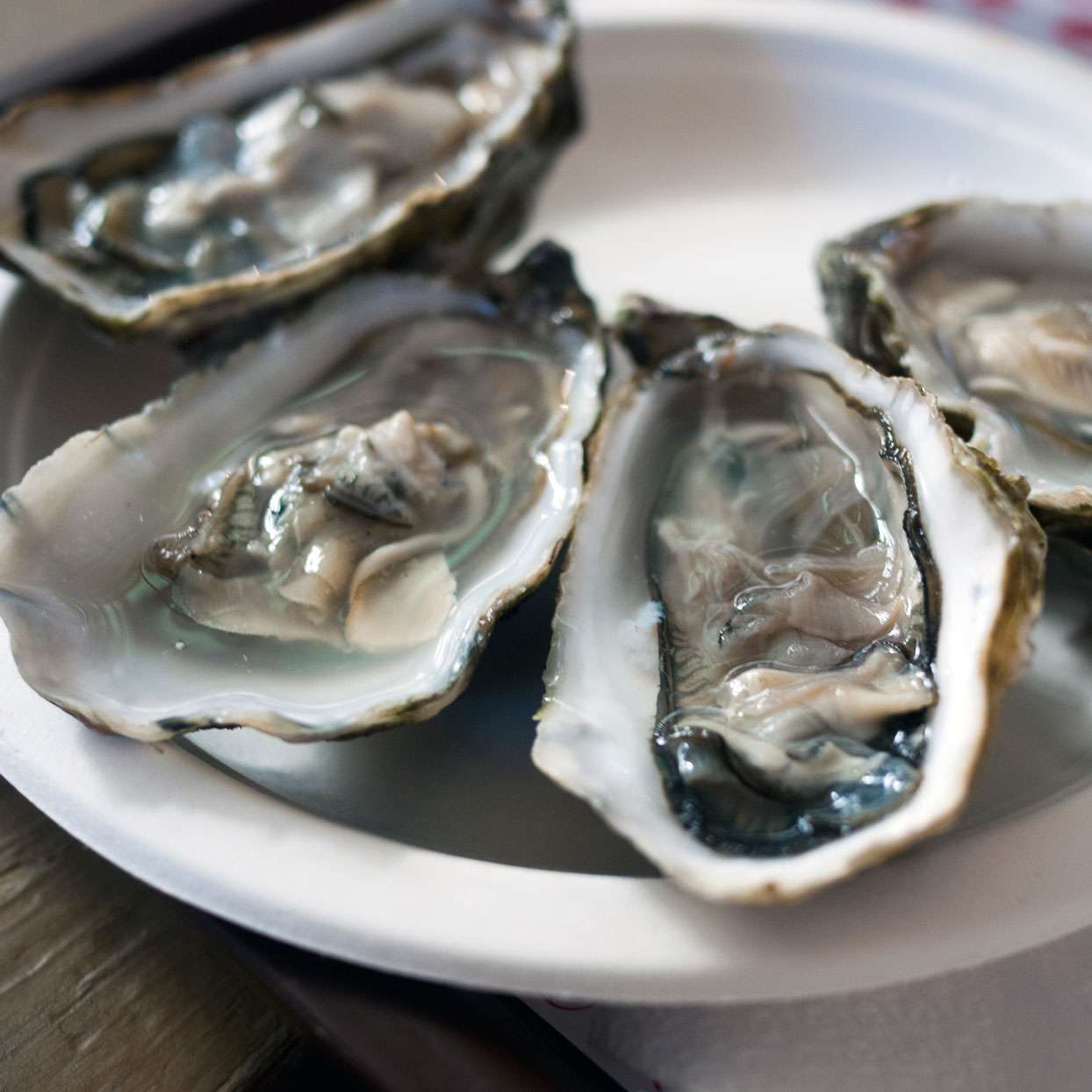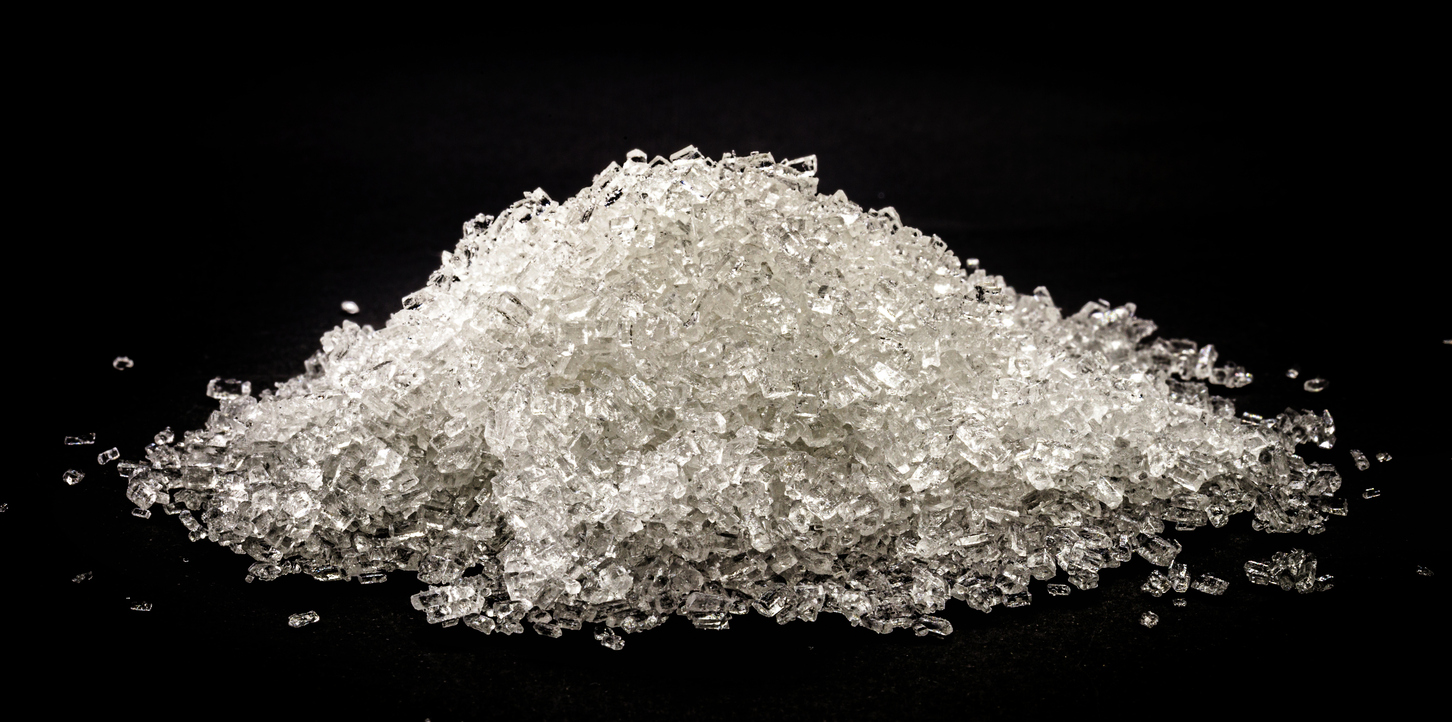Navigating the Waters: Wigmore Trading’s Insights into the Fluctuating Oyster Market Prices
Navigating the Waters: Wigmore Trading’s Insights into the Fluctuating Oyster Market Prices
Welcome aboard, fellow seafood enthusiasts! Today, we set sail on a captivating journey through the ever-changing waters of the oyster market. Ahoy there! At Wigmore Trading, we’ve plunged deep into the depths of this fascinating industry to bring you an exclusive peek into the mesmerizing world of fluctuating oyster prices. From succulent Pacifics to buttery Belons, get ready to dive headfirst into an ocean of insights and discover how our team navigates these tumultuous tides. So strap on your sea legs and prepare for a thrilling voyage as we unravel the mysteries behind those coveted mollusks and unveil secrets that will leave you shell-shocked!
What is the Oyster Market?
The oyster market is a constantly changing and volatile industry. The prices of oysters can be affected by several factors, including the availability of raw materials, weather conditions, and regulatory changes. Wigmore Trading LLC is a seafood trading company that provides insights into the fluctuating oyster market prices.
The Oyster Price Index (OPI) was created in 1995 as a tool to help predict market trends in the United States. The OPI measures the average price of raw oysters harvested from Gulf Coast waters during the month of May. Since 2005, Wigmore Trading has been providing monthly commentary on the OPI and its relationships to other economic indicators such as GDP growth and unemployment rates.
During December 2017, Wigmore Trading released its monthly report for December 2017 which showed that while there were fluctuations in prices throughout the month, overall prices remained below levels seen in previous months. The main drivers of these fluctuations were Hurricane Harvey hitting Texas late in November and early December, as well as FDA restrictions on shipments from three Gulf Coast states following an outbreak of Vibrio shiga-toxin positive oysters.
Despite these fluctuations, overall demand for oysters continues to grow as more people become aware of their nutritional value and health benefits associated with consuming this type of seafood.
The Oyster Industry in the US
The US oyster industry is valued at $500 million annually and employs over 2,000 people. The industry has been in a decline since the early 2000s due to competition from other types of seafood, but is rebounding now with increased demand for oysters in Asia. Wigmore Trading provides market analysis and consulting services to the oyster industry.
Prices for wild harvested oysters have been relatively stable in recent years, but there has been an increase in prices for cultivated oysters. This is likely due to increased demand from consumers in countries such as China and Japan who are interested in using local ingredients. There have also been shortages of wild harvestable oysters in some parts of the country due to environmental degradation and over-harvesting.
Wigmore Trading forecasts that the US oyster industry will continue to experience fluctuations in prices due to a variety of factors including market supply and demand, trade restrictions, weather conditions, and disease outbreaks.
The Oyster Trade
The oyster trade is a sensitive business that is constantly changing. Whether it be due to factors such as global warming, disease outbreaks, or simply fluctuations in the market prices, the oyster trade is never static. To better understand this ever-changing industry, Wigmore Trading takes a look at some of the more recent trends and how they have affected the Oyster Trade Price Index.
When it comes to global warming, one of the most significant factors impacting the oyster trade is water temperature. In colder waters where oysters are native, these creatures can grow more slowly and reproduce less often. As a result, production costs for cold-water oysters tend to be higher than those from warmer waters. This has had a major impact on prices in recent years as colder waters have seen greater demand from China and other northern markets.
Another major factor impacting prices in recent years has been disease outbreaks. One such outbreak was caused by Japanese oysters (Crassostrea gigas) that were infected with an illness called Alexandrium catenella varium (ACV). ACV is a protozoan parasite that affects both marine and freshwater invertebrates and can kill larval oysters within days of infection. The ACV outbreak greatly impacted Oyster Trade Price Index prices in 2015 as consumers pulled out large numbers of Crassostrea gigas from their diets, decreasing demand for these creatures overall.
There are always unforeseen events which can cause sudden
How are Oyster Prices Determined?
The price of oysters fluctuates depending on a variety of factors, including the supply and demand of the product. The market for oysters can be very volatile, so it is important to understand how prices are determined in order to make informed decisions about purchasing or selling oysters.
The Oyster Price Index (OPI) is a statistic that is used to measure the fluctuations in oyster prices from month to month. The OPI is compiled by the National Marine Fisheries Service and provides an overview of average wholesale prices for individual states. This data can help consumers understand where oyster prices are highest and lowest across the country.
Aside from the OPI, other factors that can affect oyster prices include weather conditions, production levels, access to fresh water, and world market conditions. Each of these factors can have a significant impact on the availability and price of oysters. It is important to stay up-to-date on these events in order to make sound purchasing decisions.
Factors Influencing Oyster Prices
The wild harvest of oysters has long been considered a sustainable food option, but the industry is now under pressure due to environmental concerns and growing demand from Asia. The fluctuating prices for oysters can be attributed to a variety of factors, including supply and demand, international trade, and environmental conditions.
Oyster Prices
The wild harvest of oysters has long been considered a sustainable food option, but the industry is now under pressure due to environmental concerns and growing demand from Asia. Fluctuating prices for oysters can be attributed to a variety of factors, including supply and demand, international trade, and environmental conditions. Supply: The total number of oysters that can be harvested annually is determined by water temperature and tidal effects. Oyster populations will naturally decrease in colder waters as they are unable to reproduce as well. In warmer waters where there is more rain, there will be more baby oysters born which will help to replenish the population. Tidal effects also play into this; during high tide there are more Oyster larvae in the water which means that during low tide fewer Oyster larvae are present which means that there are less Oyster for harvesting. Demand: The amount of people who want to eat oysters also impacts how many Oyster can be harvested each year. In times of high demand, such as during holidays or celebrations when people want an appetizer instead of a full meal, production levels will increase which pushes up the price for Oyster. International
Conclusion
In this article, we discussed the current state of the oyster market and what Wigmore Trading has seen over the past few months. We also looked at how prices for oysters have fluctuated in the past and provided some insights as to why this might be occurring. Overall, we hope that our article has given you a deeper understanding of what is happening with the oyster market and has given you some insight on how to navigate these waters accordingly. Thanks for reading!








Comments are closed.